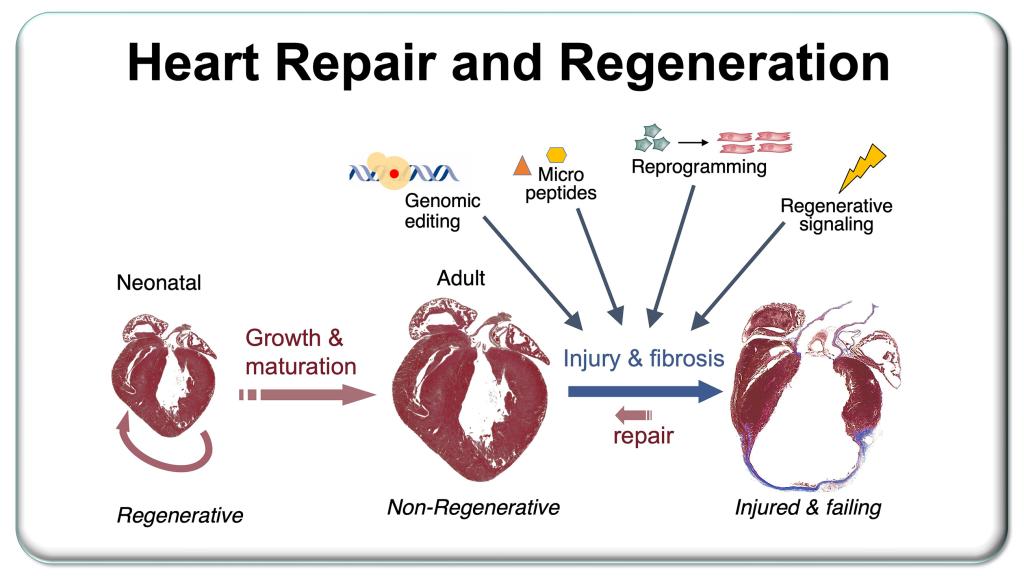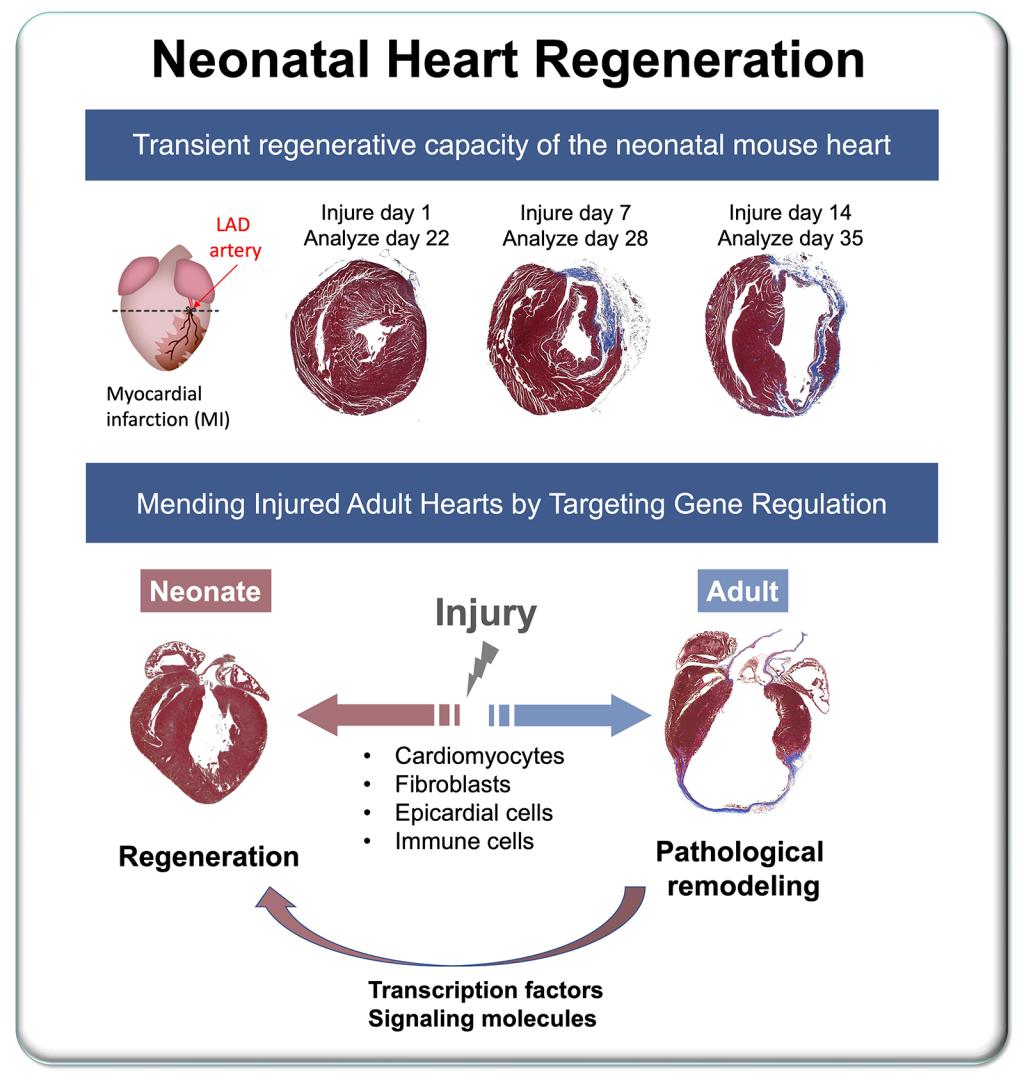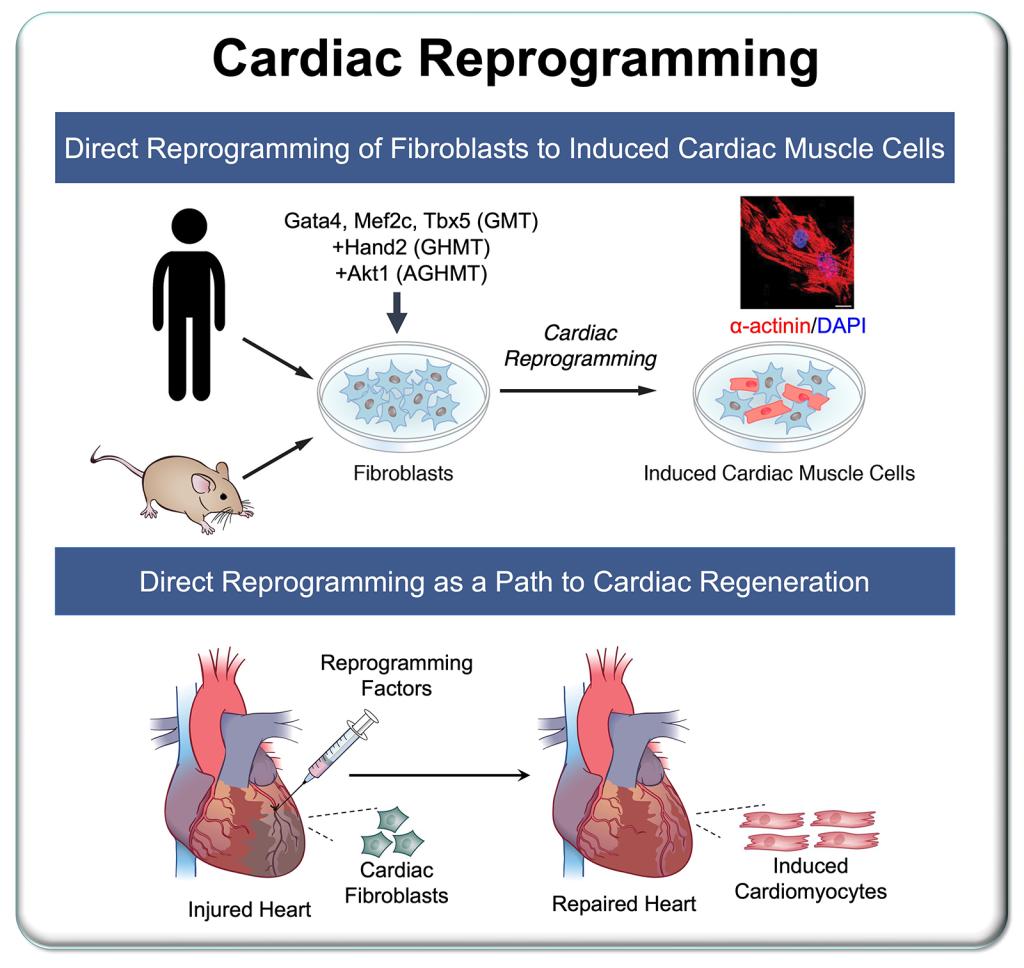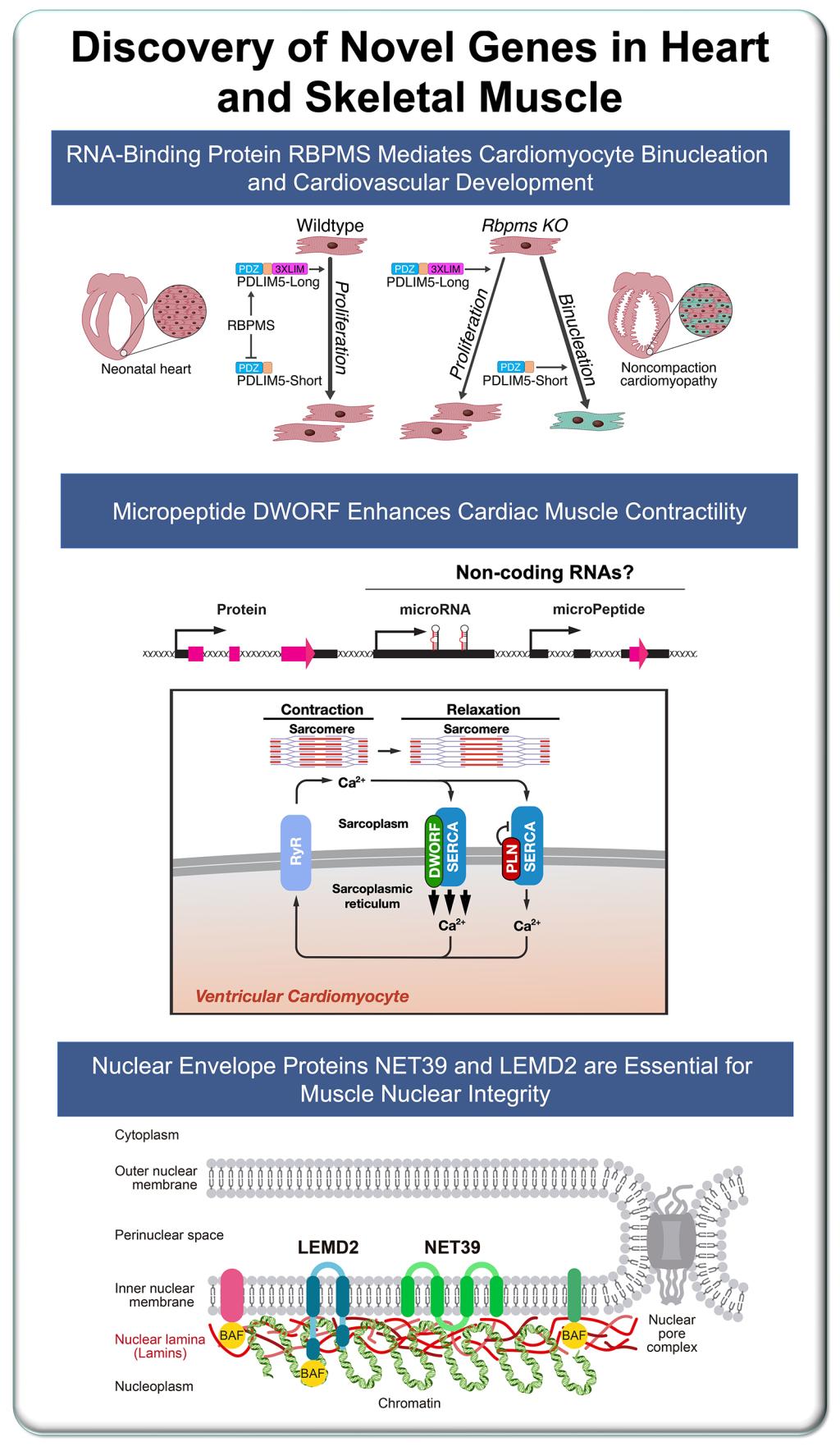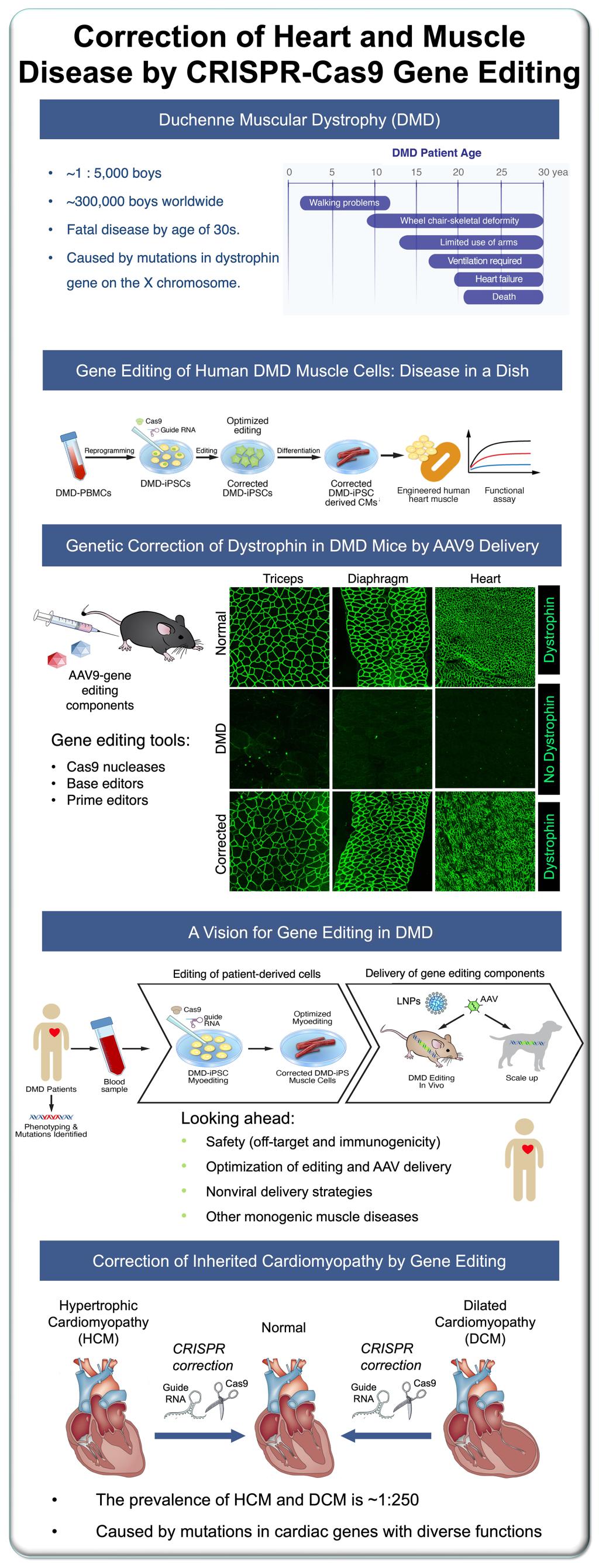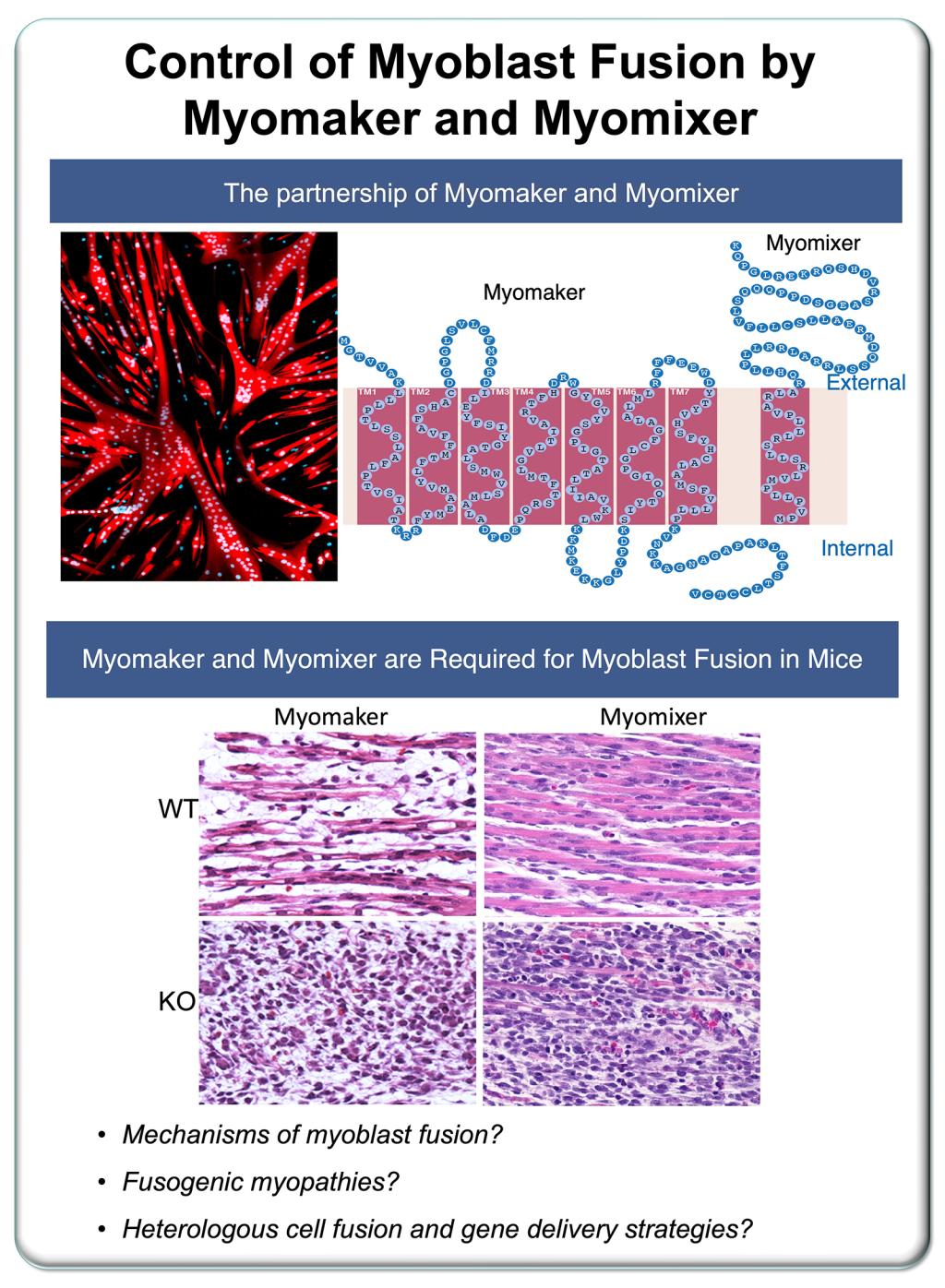The Olson lab studies muscle cells as a model for understanding how stem cells adopt specific fates and how programs of cell differentiation and morphogenesis are controlled during development. We have discovered many of the genes that control heart and muscle development and disease, including transcription factors, microRNAs, microproteins, and the stress-response pathways. Recently, we have identified two novel proteins Myomaker and Myomixer that are essential for myoblast fusion and skeletal muscle development.
We are interested in the mechanisms of heart repair and regeneration. We have discovered that the neonatal mouse heart has remarkable regeneration capacity upon injury, which is lost within the first week of life. Using multiomics sequencing combined with spatial transcriptomics, we generated an atlas for the transcription basis of neonatal heart regeneration at single-cell resolution. Our ultimate goal is to utilize the regenerative signals and transcription factors identified from the atlas from different cell types in the heart to repair the injured adult heart and enhance cardiac function after injury.
Our lab has also been pioneering CRISPR-Cas9 gene editing technologies for correction of genetic and acquired diseases of heart and skeletal muscle. We are especially focused on the correction of Duchenne muscular dystrophy and inherited cardiomyopathies using CRISPR gene editing.
The discoveries in our lab at the interface of developmental biology and medicine have illuminated the fundamental principles of tissue formation and have provided new concepts in the quest for muscle and cardiovascular therapeutics.
